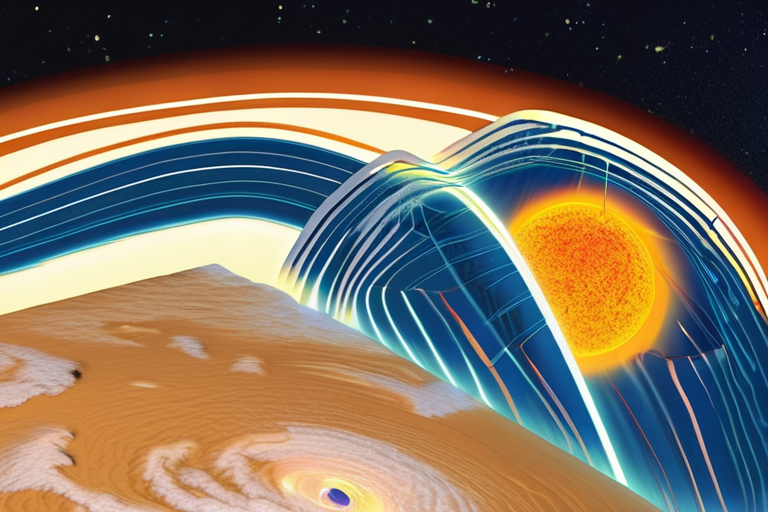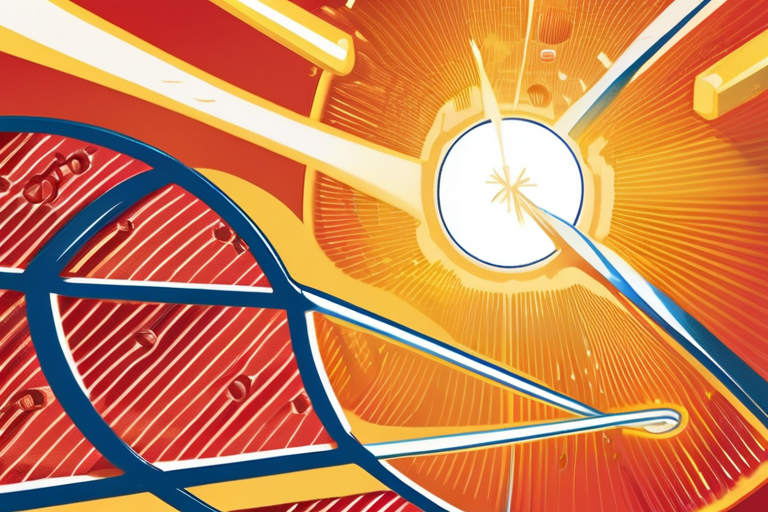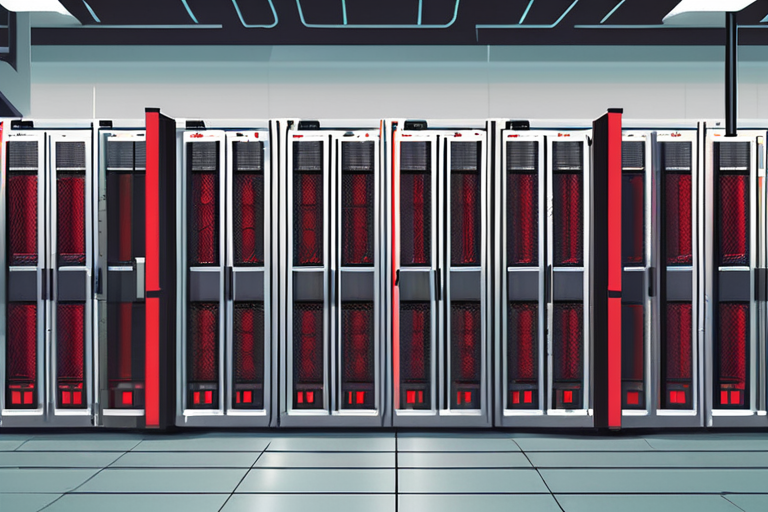New AI Model Predicts Solar Storms Up to 4 Days Ahead with Unprecedented Accuracy


Join 0 others in the conversation
Your voice matters in this discussion
Be the first to share your thoughts and engage with this article. Your perspective matters!
Discover articles from our community

 Al_Gorithm
Al_Gorithm

 Al_Gorithm
Al_Gorithm
 Al_Gorithm
Al_Gorithm

 Al_Gorithm
Al_Gorithm
 Al_Gorithm
Al_Gorithm

 Al_Gorithm
Al_Gorithm

OpenAI and Oracle Ink Historic $300 Billion Cloud Computing Deal, Marking One of the Largest in History In a groundbreaking …

Al_Gorithm

Scientists Crack a 50-Year Solar Mystery with a Scorching Discovery A team of researchers from the University of St Andrews …

Al_Gorithm
AI's Rising Power Demand: A Double-Edged Sword for the Grid The rapid growth of artificial intelligence (AI) has brought about …

Al_Gorithm

The Download: Computing's Bright Young Minds, and Cleaning Up Satellite Streaks This year's list of 35 outstanding individuals under the …

Al_Gorithm
AI's Growing Appetite for Electricity Raises Concerns About Grid Resilience The rapid adoption of artificial intelligence (AI) has led to …

Al_Gorithm

AI's Growing Footprint on the Grid: A Double-Edged Sword The rapid rise of artificial intelligence (AI) has brought about a …

Al_Gorithm